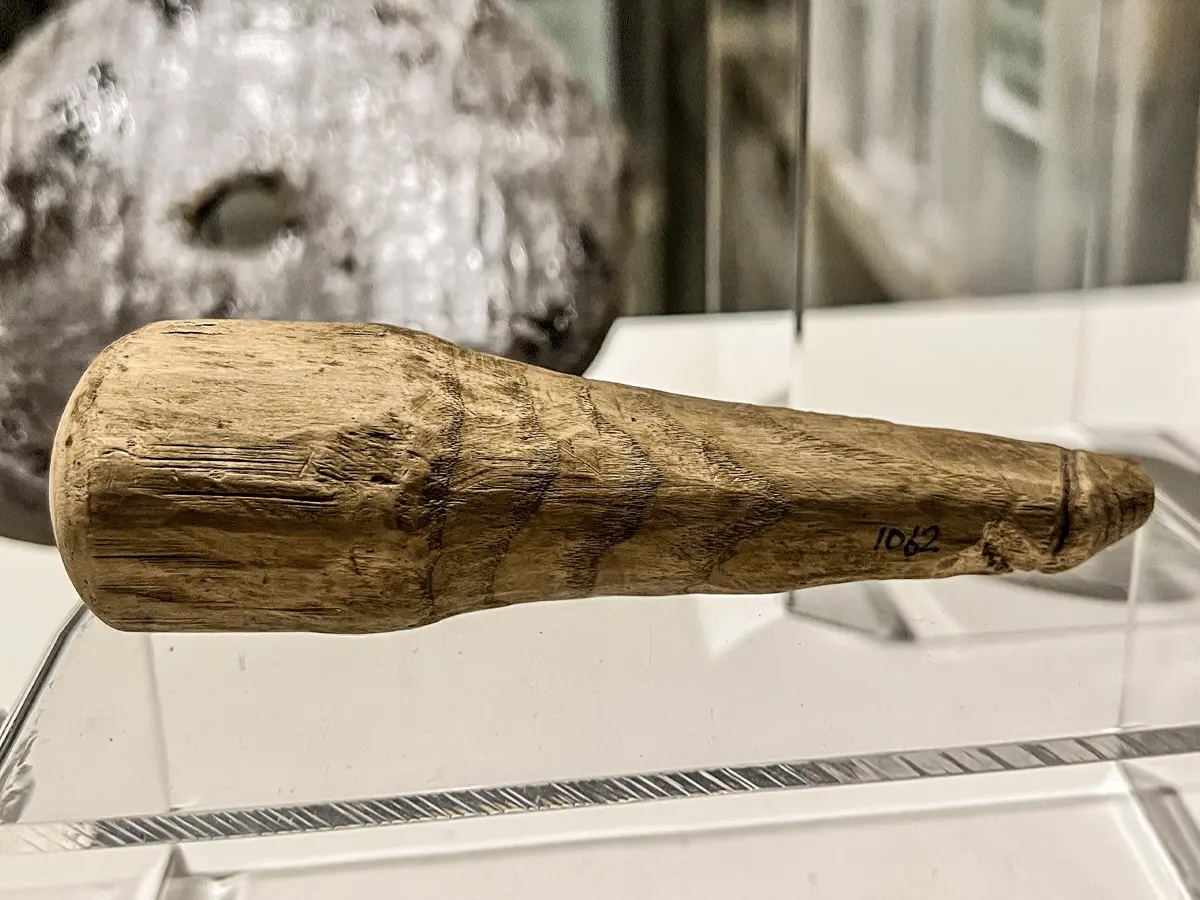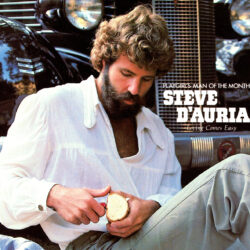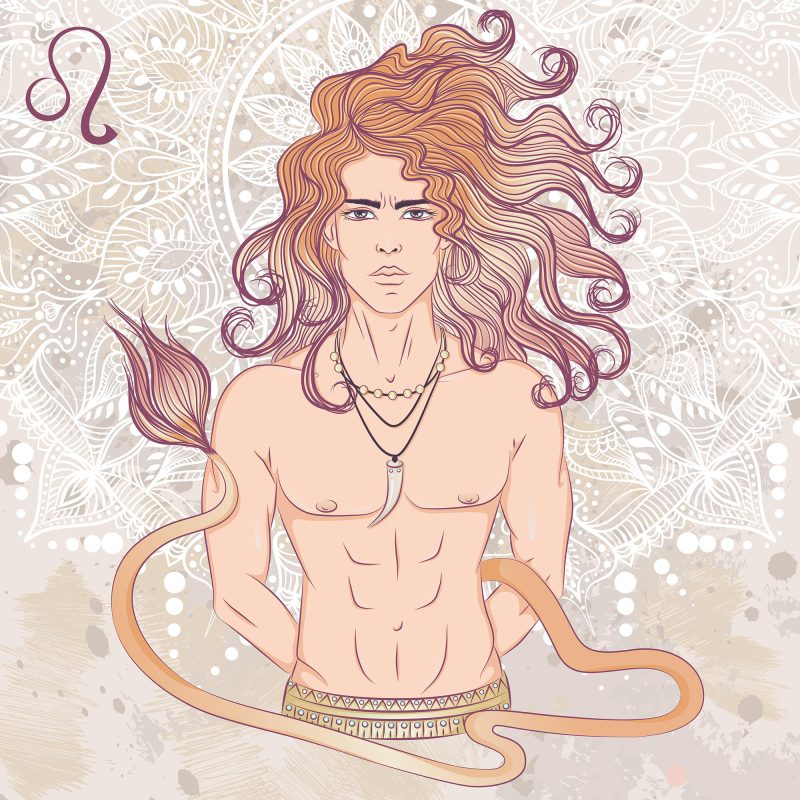History has never been shy about the penis and celebrated it in ways that would make an OnlyFans creator blush! From wall carvings to standing statues, so powerful was the penis as a spiritual symbol that several cultures across many eras in time used it to ward off evil, bless marriages and protect from the unknown. So, it’s no wonder that a hand-held version was born: the dildo. Some linguists believe this word evolved from the combination of Latin word “dilatare” {meaning to open wide} and the Italian word “diletto” {meaning “delight”} and believe the first use of the word dates back to around the 15th century. But what about the first use of the product? That’s a wilder story.
THE STONE AGE
The dildo dawned with a hard launch in the stone era. Here, our forefathers and mothers utilized available resources like stone, tar, wood, limestone ivory, bone, antlers and even teeth to craft “ice age battons” for pleasure. One of the largest of these was excavated in the Hohle Fehls Cave in Germany. Measuring 20 centimeters long and 3 centimeters wide and dates back 28,000 years. In Eurasia, Pakistan and Sweden similar stone sculptures, some even double ended for dual penetration, were found on sites dating back to up to 40,000 BCE –albeit a lot smaller.
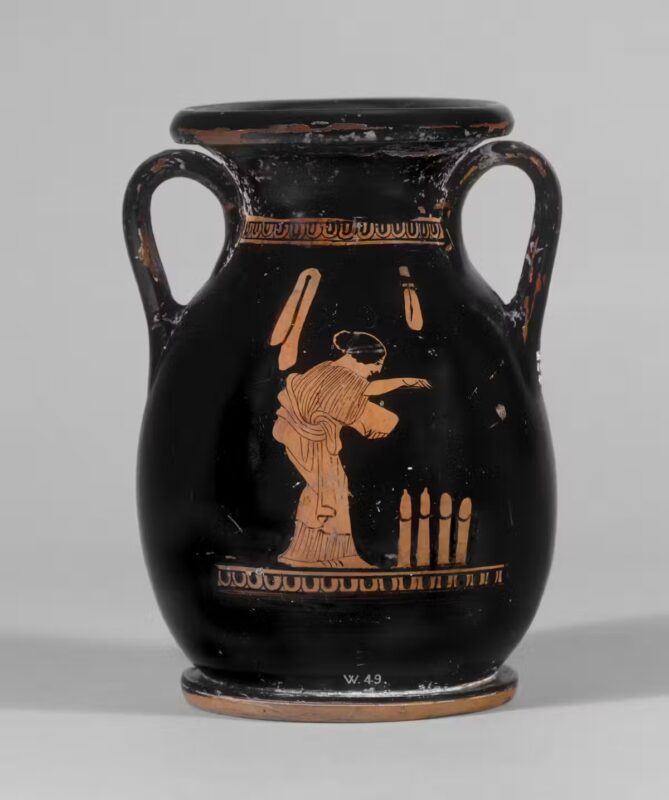
Greek vase • Photo: British Museum.
ANCIENT ERA
The ancients were advanced – and efficient. All over the planet budding civilizations found ingenious ways to create dildos at home. Egyptians crafted theirs from materials like wood as well as leather stuffed with beeswax and shaped into a phallus. Across the Middle East and ancient Greece moldable materials like green bananas and camel dung coated in resin were used in creating eco-friendly sex toys. The Greeks went a step further with olisbokollikes, penis shaped breadsticks that, when paired with olive oil, provided pleasure more than a satisfying snack. In China, the Han Dynasty created lavish dildos of jade and bronze. In Pakistan, dildos were used in ritual worship and in Rome were used in rituals and ceremonies. Ancient Greek vase art also paid homage to the penis with images of group sex and solitary masturbation –all featured the dildo.
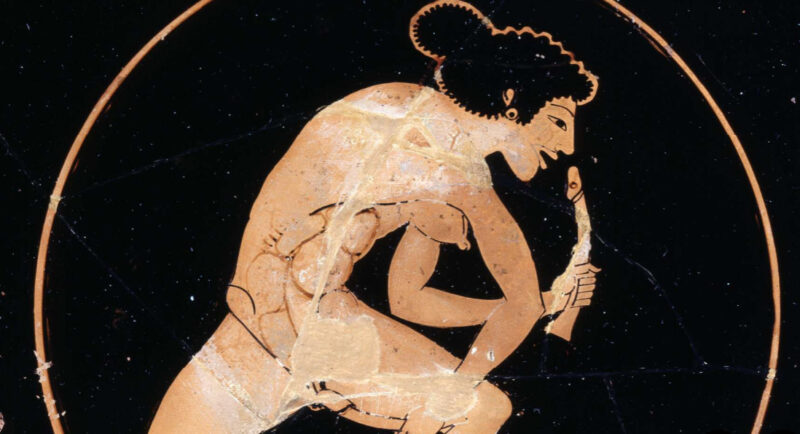
Greek cup • Photo: British Museum.
CLASSICAL PERIOD
Leather, wood and stone continued to proliferate in this era, with double ended dildos gaining popularity across cultures. But this period was more imaginative than ever as civilizations like the Han Dynasty added dildos, butt plugs and even strap-ons crafted from bronze and jade to the growing repertoire of historic sex toys.
THE MIDDLE AGES
The sophistication of dildos in the ancient era and expansion of sex toys in the classical age came to a screeching halt here. The Middle Ages marked the dawn of a frosty reception to dildos. In England, laws were passed against the importing of dildos from Italy, which had become a key maker and exporter of leather dildos. As a result, clandestine ways of making the tool grew. Leather, wood, stone and glass were constant favorites for DIY dildo makers at this time. An even more eco option –the cantonese grain– also took hold. This root was soaked in water to enlarge, and then allowed to harden and shaped into individualized dildos. But there was one silver lining to this dark time: the strap-on dildo made its debut! Early versions were fashioned from wood and cotton encased in leather as Katherina Hetzeldorfer, the first woman executed for lesbianism, was found to have worn in her 1477 trial.
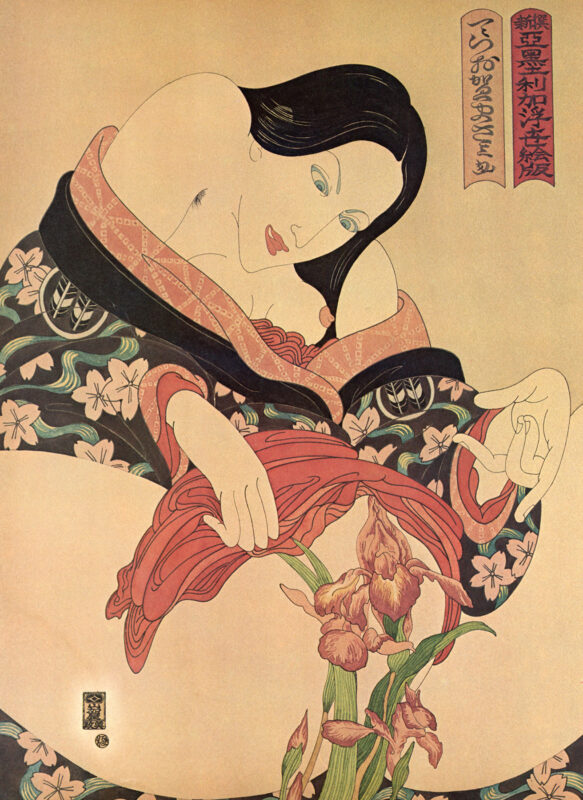
RENAISSANCE/17TH CENTURY
Even though dildos had made it from homes to monasteries, the tide was turning. By the late 1600s, England had banned owning and making dildos, and orders that reached customs were burned immediately. It’s no wonder, satirical poems and plays of the time, like “Signor Dildo” highlighted women continuously choosing handcrafted penises to the real deal. But as things were cooling down in Europe, things were getting hot in Asia where “Shunga” was exploding. These vividly illustrated pictures and books centered on stories and images of women and men engaged in various sexual acts, often featuring dildos. But even this era was soon to close as Japanese authorities eventually banned “Shunga,” along with dildos and other erotic toys. No worries –just as in Europe– the ban only led to a robust black market.
18TH CENTURY
By now things had come to a head for the dildo. Increasing laws against their sale and manufacturing triggered a transformation for the accepted use of dildos: as a medical device. This era saw doctors diagnosing “hysteria” in women at growing rates. This Greek word loosely translates to: “suffering womb”. Cue a very clinical era where doctors decided to stick their hands in things –literally. If advice like sex with your husband or riding a horse did not work, physicians provided “pelvic massages” aimed at bringing women to orgasm. This practice led to the “Tre’moussoir,” a first-generation vibrator that was essentially a large table with a winding penetrative mechanism controlled by your physician. But while the competition for dildos was coming, a new type of dildo arrived: the ejaculating dildo. Created sometime in the 18th century, the beautiful ivory dildo with a squirting mechanism, was –interestingly enough– found in a convent.
19TH CENTURY
America’s Comstock Act of 1873 expanded the growing global agenda to deflate the dildo. The law made it a crime to send any items considered obscene or lewd through the United States Postal system, including anything from erotica to contraception to dildos! This restriction opened the floodgates for doctors to step in with devices that treated the growing “hysteria. Chief among them was “Granville’s Hammer”, the name given to the first portable, motorized “home appliance” marketed as a tool to ease aches and pains and enhance beauty. Created by Dr. Joseph Granville soon found alternate uses in homes, becoming a popular forerunner to today’s vibrating sex toys. But once again, dildos stood tall against the competition with a new debut of their own: rubber. The industrial revolution introduced the material and its popularity in phallic form steadily grew over time. The era, ironically, also launched the mass manufacturing of sex toys.
20TH CENTURY
By now the popularity of vibrators was growing, but by the 1960s the work of a paralyzed Caribbean man put dildos back on the map. Gosnell Duncan debuted the silicone dildo which, unlike the rubber dildos that had saturated the market, were easier to clean and able to withstand heat. By the1970’s Dell Williams and Betty Dodson theorized that dildos did not have to look like a penis. Utilizing the silicone technology debuted a decade earlier, they created smooth and brightly hued dildos that are still popular on the market to this day. Even better, Ted Marche, a ventriloquist, collaborated with a friend who was suffering impotence to create the first mass marketed strap-on dildo. Worth noting: the first sex shops began sprouting creating less clandestine energy around purchasing the dildo of your choice.
TODAY
Digital technology, the rapidly expanding internet and the unforgettable pandemic are amongst the milestones that have shaped the style and use of the dildo. The 21st century ushered a new era that simultaneously created less stigma and more need around the phallus. Today men and women alike can indulge in never-ending options for dildos, inclusive of stainless steel, remote controlled and app-powered options.

